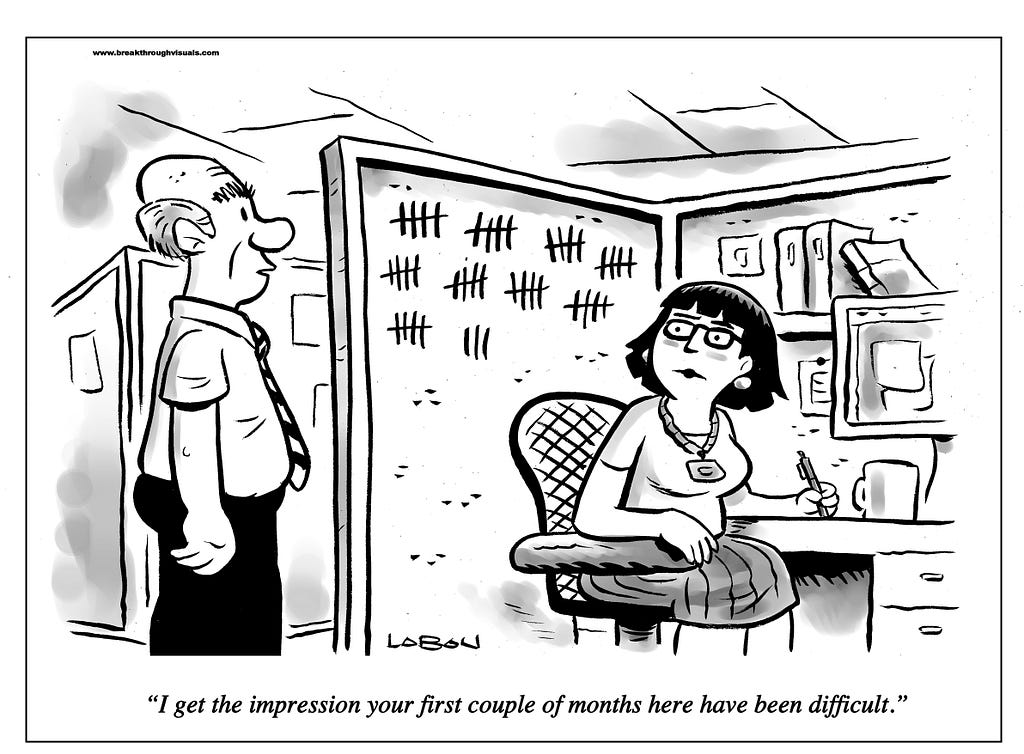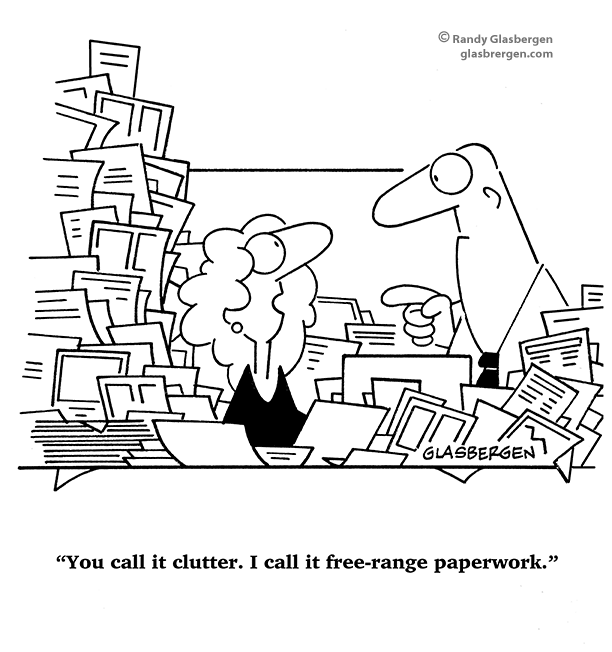Latest news about Bitcoin and all cryptocurrencies. Your daily crypto news habit.
—Learned from my own job search experience.
I used to be the CTO and VP of two Y Combinator startups, respectively. Hiring has been challenging for me no matter if it’s for technical or non-tech roles.
Recently, I had the chance of sitting at the other side of the table for my own job search. I wish I had known what I know now, but at least I can share with you to help you avoid making the same mistakes.
I went on-site with more than a dozen Silicon Valley Internet companies ranging from household names to near-IPO startups. Let me tell you the five key lessons from my interactions with them:
Lesson 1: Impact of the first impression is striking
It’s a cliche to say first impressions heavily influence decision making, but this phenomenon still struck me when I experienced it first hand.
First off, with the proliferation of creative office spaces in the Bay Area, an old-fashioned or ugly office space stands out negatively. It’s one of the first things a candidate notices when they arrive for an interview. Bottom-line improvements are worth it.
On the people side, every employee witnessed by the candidate (not just the interviewers) becomes an essential part of their first impression. As an insensitive guy who can rarely recall the color of the other person’s dress after a long date, I surprised myself when I subconsciously captured the dynamics of an unfamiliar office in the blink of an eye:
“This company is quiet and calm with focused people deep in their thoughts,”
“this one has a vivid atmosphere with engineers chatting and running around,”
and so on.
I also notice those who were apparently bored and couldn’t wait to get out, and such attitudes seem contagious in their neighborhood. If your office happens to have people like that, at least hide them from the candidate.
Interestingly, I frequently observed commonalities in personality among interviewers at the same company despite their different seniority and roles. These commonalities are so distinct that it seems to me that a person gets “infected” soon after they join a company. It only takes a few minutes for these common traits to manifest during an interview.
In one case, I sensed the commonality of “diversity and kindness” by seeing their tattoos and hearing their personal stories. In another, I felt “calm and openness” from the way they opened the conversation. In the third case, I got “energy” among engineers but “dullness” from management.
These impressions reflect a company’s deeply ingrained culture. Appreciating the culture and understanding how it creates the first impression help you know what’s going on in a candidate’s head and craft messages more consistent with their feelings.
Lesson 2. Get the right interviewers in the loop
A few interviewers of mine seemed a bit junior and couldn’t fully appreciate my reasoning on certain trade-offs. I got no rejection but did receive lower rankings compared to all other offers as a result.
It’s true that effective communication is an essential skill, and it’s not an issue in real work settings because consensus can be achieved given sufficient time. In an interview, however, time is limited especially for system design problems as the interviewer needs to cover a broad range of topics. We often had to move on before a tricky question can be fully discussed. Interviewers’ assumed superiority aggravates this issue: They perhaps don’t have time to absorb a different frame of thinking before making judgments.
Ideal interviewers are those who are more senior than the candidate, and who come from a similar background. Some of my interviewers met this profile perfectly, and the chemistry with them was great. The conversation went smoothly because they understood my thinking process without asking me to explain every step along the way.
As a cherry on top, I was also impressed by their experiences and wisdom. I felt I could learn a lot from them if we ended up working together. One interviewer even became my role model.
Factors like these have a significant impact on a candidate’s opinion on a company.
I prefer all interviewers in a loop being more senior than me and sharing similar background as mine. When it’s impossible, more junior interviewers can be helpful in algorithms and coding questions where the solution space is more confined.
Lesson 3. Be super organized
Missing a phone call isn’t a big deal for someone who takes 30 calls a day. But this can badly mess up that candidate’s schedule. A delayed email is often insignificant between colleagues but can turn into a candidate’s dealbreaker.
Even when the consequence isn’t dire, we want to give good impressions. Recruiters are a candidates’ window to peer into the real workings of an organization, no matter how rosy a picture the interviewer tries to paint during the interview.
Leverage tools and continuously invest in automation. Service integration tools like Zapier and automated scheduling assistants are promising.
I found it invaluable when interviewers sent me an agenda the day before my interview. The list of interviewers helps me know their background and write down appropriate questions; the order of topics (coding, system design, and so on) helps me adjust focus and energy level before each session; and the schedule helps me track time and decide how much to eat for breakfast (seriously).
As a company recruiter, I recommend emailing the agenda a couple of days before the interview. Some companies handed me the information on the spot, but I found it less useful. It’s okay if the schedule is tentative. Just tell the candidate so. They would appreciate the information and your thoughtfulness.
Lesson 4. Minimize turnaround time and provide regular updates
Earlier in my career, I used to slow down correspondence with candidates to appear less eager. However, hiring managers and recruiters in Silicon Valley are desperate and candidates know it. More importantly, good candidates disappear fast. Sometimes we still need to play the timing game, but you get my point.
I felt grateful to the recruiters who updated me frequently throughout the process, however trivial the information seemed to be. It shows care and professionalism. Knowing their challenges of constantly juggling hundreds of tasks only intensifies my appreciation.
I want to give a special shout-out to Neha Shrivastava at Google. She not only organized one of the best interview loops for me (see Lesson 2) but also impressed me greatly on her speed and passion for her job.
For example, she collected feedback and provided me with a tentative result in half a day, whereas formal reviews usually take one week. More incredibly, merely one hour had elapsed from the time an extra interview with a Senior Director was requested until she brought me on site. And she did all that remotely. The usual lead time for interviewing at this level is two weeks!
When we met in person, Neha talked a lot about helping candidates and peers succeed. She even asked me for advice. My interaction with her completely changed how I perceive Google's culture and people. Through her, I see no shortage of hardworking and passion at Google.
I also had negative experiences. A company took two weeks to get back with a positive result. Another company missed a critical time window by a week because of a miscommunication between two recruiters.
To me, these delays reflect the company’s general culture, even though they may have been rare, unlucky events. However, with very limited interactions with a company, it’s hard for me not to extrapolate.
Lesson 5. Be considerate
I was surprised when I received unscheduled phone calls from recruiters. It’s slightly unpleasant (per local etiquette) and can even cause troubles: What if the candidate’s phone rings showing a competing company’s name when they happen to be in a meeting with the boss?
Small things like this one do matter because they don’t present the company well. In the same vein, it’s not great to repeatedly rush the candidate for a decision or evoke FUD by mentioning scarcity or competition of the position the candidate applies for. If competition is real, we can talk about facts instead.
On a positive note, here is a real story: After a candidate finished a job interview, he went straight to a meeting with his current employer with the name tag still on. The tag clearly displayed the purpose of visit and company name. This is a story a recruiter told me when he walked me out of his office. He then reminded me to take off my tag. What a courtesy!
Perfecting details for every candidate is very challenging. I could barely maintain a bottom line when I was hiring. I now believe extra efforts would be worthwhile. Candidates don’t know or really care that they are just one of 50 candidates you have to handle right now.
Thanks to Tyler Becks for reading the draft of this article and providing valuable comments.
5 lessons in attracting and hiring job candidates was originally published in Hacker Noon on Medium, where people are continuing the conversation by highlighting and responding to this story.
Disclaimer
The views and opinions expressed in this article are solely those of the authors and do not reflect the views of Bitcoin Insider. Every investment and trading move involves risk - this is especially true for cryptocurrencies given their volatility. We strongly advise our readers to conduct their own research when making a decision.


